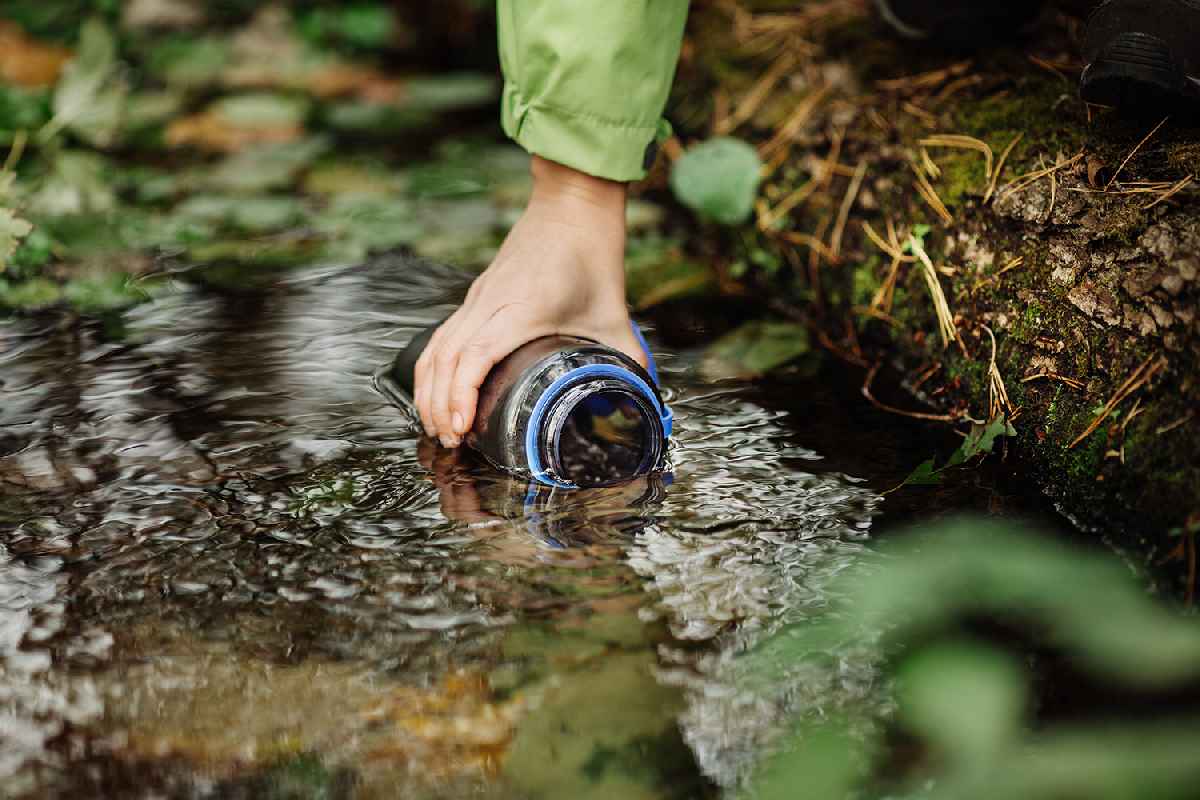Why Treat Water?
The aim of water treatment is to remove contaminants or reduce them to a concentration that means the water is safe to drink. Safe drinking water does not have to be sterile, and can contain organic and inorganic matter that the body can tolerate. Contaminants include sediments and pathogens (bacteria, viruses, protozoa, larger organisms (worms) or salts and toxins (fertilisers, heavy metals). Most commonly, water supplies are contaminated by human or animal excrement, or occasionally a dead animal carcass ends up in the water supply (e.g. cattle crossing a river). Contamination can also occur in the form of pollutants from human infrastructure such as mining or farming.
 Typical Water Borne Diseases
Typical Water Borne Diseases
Common pathogenic parasitic infections in humans include Giardia, Cryptosporidium (protozoans) and E. coli (a common bacteria), all of which are transmitted via contaminated water of poor hygiene. Symptoms vary from stomach cramps and fatigue though to bloating and diarrhoea.
A pathology test can quickly distinguish Giardia from Cryptosporidium, but on a bushwalk the symptoms of stomach and intestinal upset are very similar. Instead, these types of infections are generally referred to as Traveller’s diarrhoea. Good hygiene practice and care of food and water are the best ways to prevent getting sick in the bush. Prevention is better than cure!
 Water, to treat or not to treat?
Water, to treat or not to treat?
There is no practical way to be sure if the water is safe to drink, so if in doubt treat it. In general, on day walks that start from home and built up areas take all water you need from a tap. Day walks are often close to farms, houses, mines or other places that mean the water is likely contaminated. Also, on most day walks it is easy enough to carry enough water for the day. The exception of longer day walks especially when it’s hot. You may need to plan for water collection and treatment.
On overnight and longer walks, it’s probable that water will be of a higher quality, but again there is no way to be sure. As the number of people walking or travelling through the remote areas increases, so does the chance of water being polluted by human waste. Some people choose to drink straight from creeks where there are no more campsites, tracks, huts or other potential pollutant sources, upstream. The risk of getting sick whilst in remote areas comes with significant consequences, generally best to err on the side of caution and treat the water.
Individual health and immune strength is also a factor: everyone’s immune system is different, and tolerance levels to pathogen contaminants vary. Diseases that affect the immune system like HIV and diabetes mean that some people may be much more susceptible to pathogens. Pregnant women are also at higher risk. Therefore, individuals who are immunocompromised (i.e. an impaired immune system) would be wise to take extra precaution and treat all water and to speak with their doctor about the best methods for them. Likewise, overseas travellers often don’t risk drinking the same water supplies as locals because their immune systems have not had time to build adequate resistance. This is often why travellers are advised to drink bottled water only.
Infection of waterborne pathogens can also occur from using contaminated water to wash or cook or from physical contact with an infected person, “hand to mouth” transmission. According to a study of the risk of giardiasis from consumption of wilderness water in North America, the incidence of giardia in wilderness walkers is high, however, the infections are more likely caused by poor hygiene rather than contaminated water[1]. Regular use of antibacterial gels after toileting and before food preparation and consumption on a bushwalk can reduce the likelihood and spread of infection.
But while the body can fight some pathogens to some degree, it’s a different story for some materials that can accumulate in the body. Long-term use of water contaminated with heavy metals can have severe health implications because the metals can bind to cellular matter and interfere with essential processes. Heavy metals have carcinogenic properties and can interfere with respiratory and circulatory systems. Unlike water sources that are pathogen-infected, water sources that contain heavy metals cannot easily be treated to make them safe in the field and should, therefore, be avoided unless in an emergency.
In short, choosing to treat water comes down to good judgement, if in doubt treat it and encourage people in your group to use good personal hygiene practices.


 Water Treatment
Water Treatment